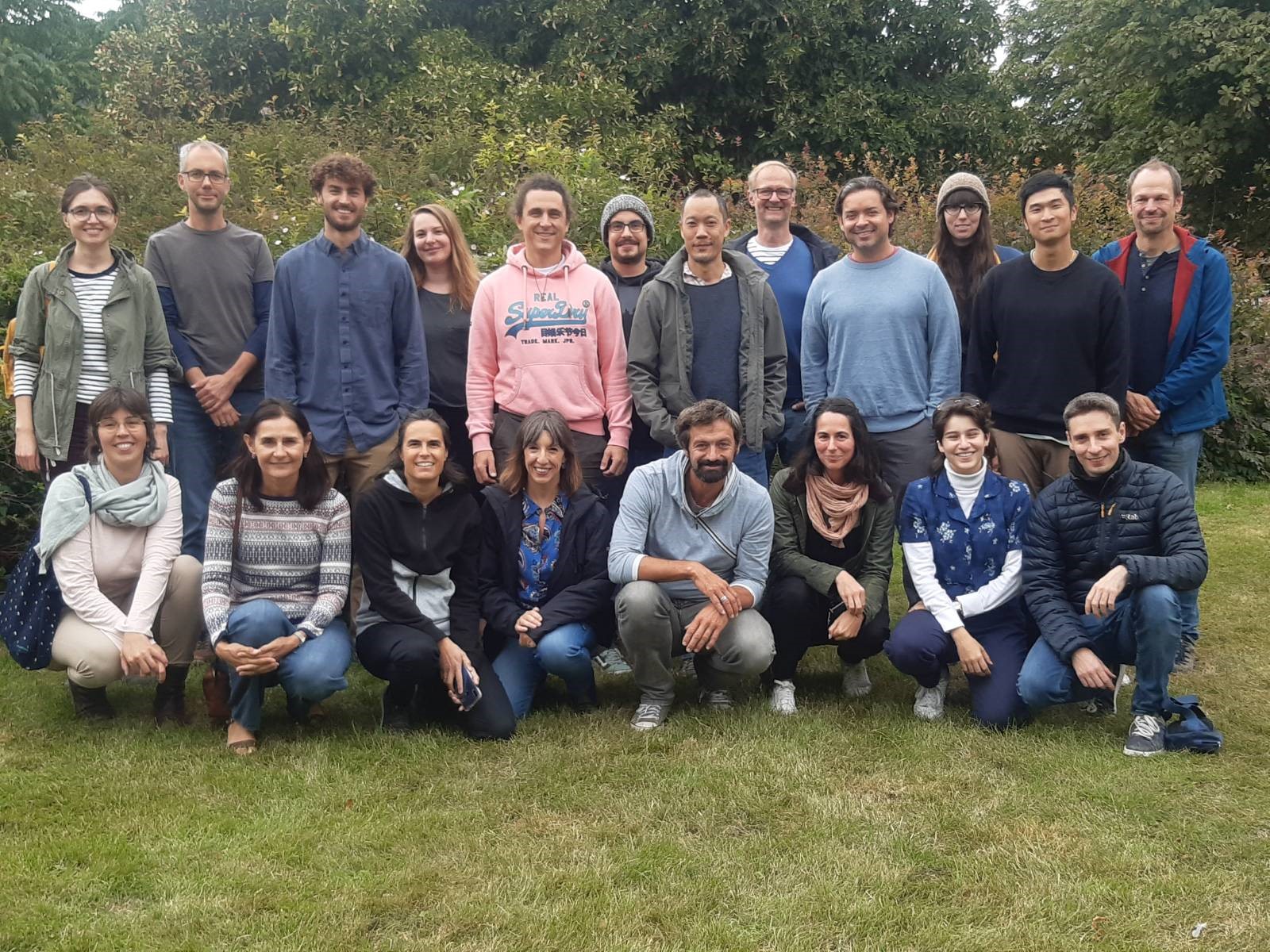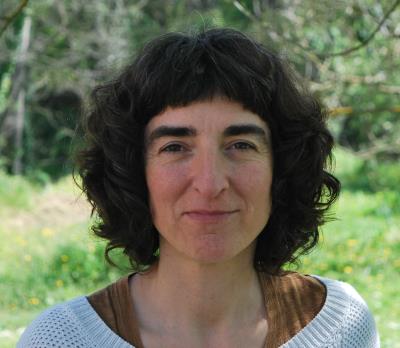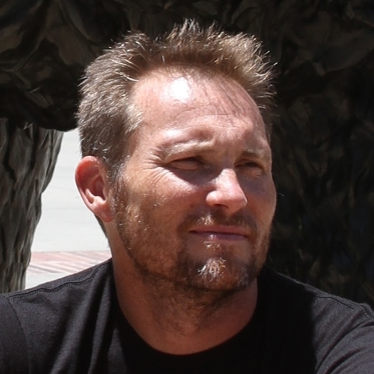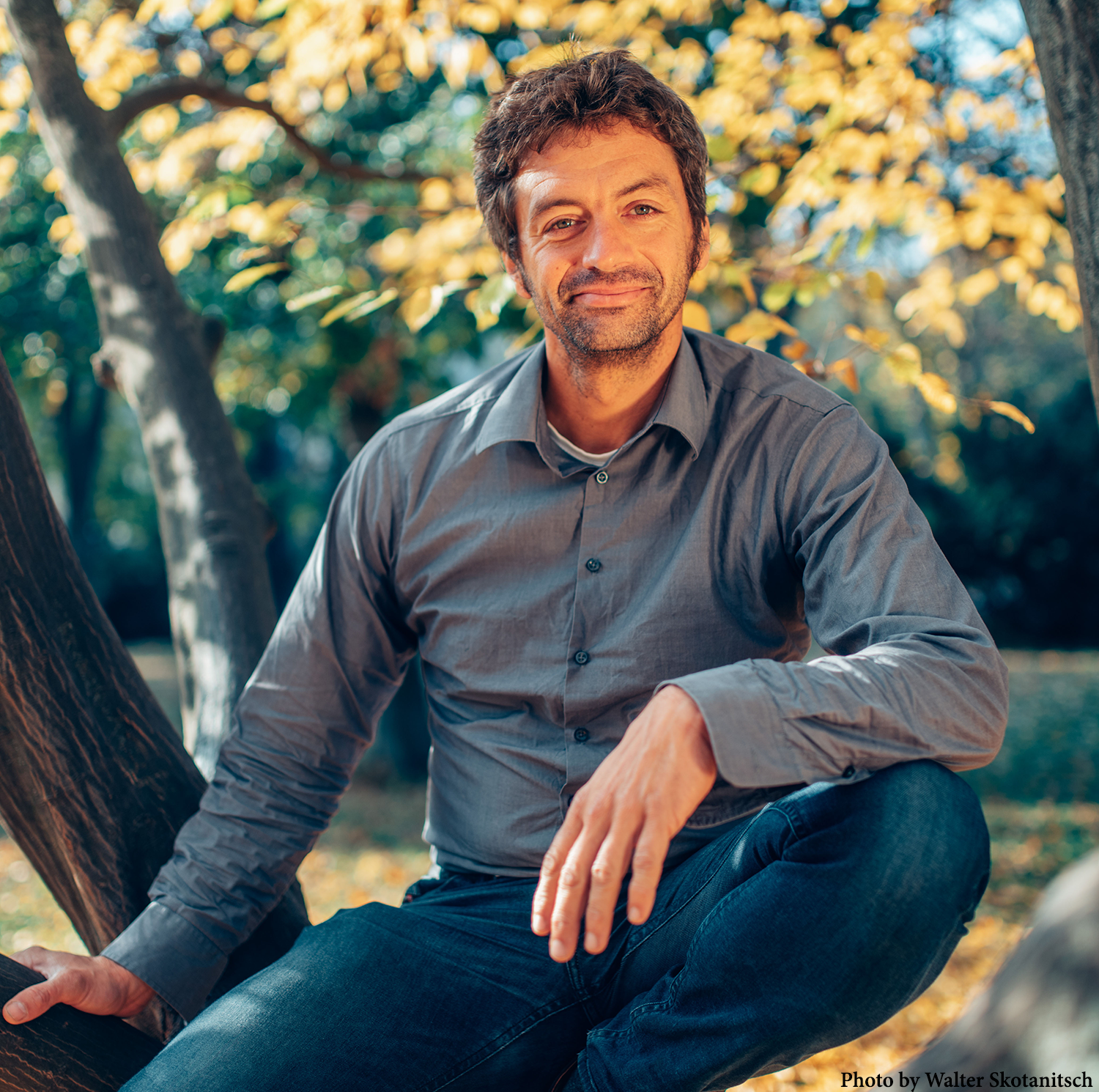
@AlienScenarios
franz.essl@univie.ac.at
bernd.lenzner@univie.ac.at
adrian.garcia@univie.ac.at
| Having trouble viewing this email? View it in your browser, or get it as a pdf. |
 |
https://alien-scenarios.org @AlienScenarios franz.essl@univie.ac.at bernd.lenzner@univie.ac.at adrian.garcia@univie.ac.at |
|
Good
day! |
|
AlienScenarios is approaching its final stage, but the ideas live on |
After almost four years of very productive work and much fun, the AlienScenarios project approaches its final stage. For this reason, on September 11-12, 2022, the Final Project Meeting was held as a joint meeting with InvasiBES in Tartu, Estonia. Unlike the previous Annual Meetings, which were affected by the Corona situation, this was a hybrid meeting, but most members were able to attend in person. During the first day of the meeting, project partners synthesized the main outcomes and insights from their work, and gave an overview of ongoing and future work related to AlienScenarios. We thank all the people who were involved in one way or the other in AlienScenarios, not only for making this a very productive project, but also a very enjoyable journey. The official end of the project will be the start of new activities to ensure that invasion scenarios receive the recognition in policy and science they deserve. |
 |
|
Team members of AlienScenarios and InvasiBES attending in person the Final Joint Meeting in Tartu, Estonia -September 2022- Top (left to right): Marina Golivets, Hanno Seebens, Ryan Amir Beshai,
Sophia Kimmig, Guillaume Latombe, Bernd Lenzner, Brian Leung, Sven Bacher, Adrián García, Anna Frances Probert, Dat Nguyen & Ingolf Kühn. Bottom (left to right): Carla García-Lozano, Montserrat Vila,
Elena Angulo, Belinda Gallardo, Franz Essl, Anna Turbelin, Abbie Jones, and Giovanni Vimercati.
|
|
Future directions: what's next? |
AlienScenarios project is closing, but there are many ongoing activities related to our main goals and new ideas whose development would be linked to what has been achieved so far. Here we present a summary of what's next in the context of AlienScenarios for each of the partners involved. WP 1. Following the successful development of the Global and European Alien Species Narratives (ASNs) we are working on diversifying the suite of biological invasion scenarios available. This will include applying the established workflow for scenario development to more regional contexts. Further, we have started the process of establishing links between the ASNs and the IPBES Nature Futures framework working group to identify synergies and potential co-benefits for future biological invasion scenario development and quantification. Additionally, we continue working on disseminating the outputs of AlienScenarios and especially the scenarios themselves to relevant stakeholders from science, policy, and the general public. WP 2. Within AlienScenarios we were able to generate a new data basis for fine-scale distributions of alien species and to provide a novel model to project alien species numbers under a business-as-usual scenario. As the next steps, we will develop models of different complexity including simple statistical models and more complex predictive models to project future accumulations of alien species under different scenarios using fine-scale distribution maps. WP 3. Quantitative scenarios of biological invasions have well advanced through this project, but are not yet complete. We are next planning to keep on working on the estimation of global economic costs and ecological impacts of biological invasions for the XXIst century with a many colleagues, among which most collaborators of AlienScenarios. |

|
|
WP 4. Our idea for the next months is to continue: (i) assessing patterns of alien distribution across Europe (in collaboration with Brian Leung and Abbie Jones), (ii) examining the results of the IAS survey conducted across Europe, and (iii) collaborating in the development of IAS games (with the team of Jonathan Jeschke). WP 5. We aim to continue with the analyses of large-scale trait environmental relationships in the context of biological invasions. Further, we contribute to a Digital Twin of biodiversity, providing automatically updated information on the level of invasion, depending on climate and land use. This can then provide the basis for simple projections of possible future patterns of the levels of invasions across Europe. WP 6. Our objective was to build an integrative model, considering drivers of invasion and the invasion process into Panama, distributions across Panama, and overlap with native biodiversity as a measure of vulnerability. The models have been completed, but the resulting predictions need to be interpreted (e.g., the direction of relation with proxies of propagule pressure are negative, likely suggesting a larger temporal trend; similar observations occurred for our work in WP4 Europe). We will be inviting the larger group to participate in the coming weeks. Moreover, there are several links of ongoing and planned future work with our activities in the AlienScenarios and InvasiBES projects, in particular the further development of applied games and our research in the Invasion Dynamics Network, in which we explore temporal changes in biological invasions and their impacts. |
|
Using scenario-based games to improve Invasive Alien Species management |
|
A tool to classify positive impacts of alien taxa on native biodiversity |
|
A collaboration between AlienScenarios and InvasiBES partners has developed a framework to classify the positive impacts of alien taxa on native biodiversity. The Environmental Impact Classification for Alien Taxa, or EICAT, developed in 2014 and formally adopted by the International Union for the Conservation of Nature (IUCN) in 2020, is a global standard for evaluating the impact of non-native species. Yet the framework only assesses the negative impacts on native species. However, non-native species can also have positive impacts on the native biodiversity where they are introduced, such as providing new food sources or habitats that increase the population of native species or prevent their decline and extinction. To reach a more comprehensive and holistic understanding of the impacts caused by non-native species, the researchers have developed a parallel framework for assessing their positive impacts on native biodiversity, called EICAT+, in consultation with experts. EICAT+ evaluates non-native species using five semi-quantitative scenarios that describe the magnitude of positive impacts. The framework also considers the mechanisms underpinning these impacts and how quickly their effects might be reversed if the non-native species were eradicated. |
|
The EICAT+ framework can be applied at different spatial scales, from local to global, and different levels of organization, from individuals to populations, as well as all taxonomic groups. It can help identify knowledge gaps and expand scientific understanding of the consequences of biological invasions. The framework can also inform conservation decisions by highlighting potential unwanted effects of planned control or eradication measures that target non-native species, the authors say. Vimercati et al (2022) The EICAT+ framework enables classification of positive impacts of alien taxa on native biodiversity. PLoS Biol 20(8): e3001729 . |
|
AlienScenarios researchers in the spotlight |
|
In
each issue of the Newsletter, we highlight the
researchers who are part of the AlienScenarios team. In this
eighth issue, meet Nuria, Franck, Franz and Jonathan! |
 |
Nuria Roura-Pascual I am an Associate Professor at the Department of Environmental Science at University of Girona (Catalonia). I am interested in the ecology and management of biological invasions, particularly in understanding how their distribution changes across space and time. Multiple socio-ecological factors are responsible for these patterns and unrevealing their importance is crucial for adopting appropriate management strategies. I aim to continue working, participating in, and contributing to research projects that help to understand and solve real, everyday problems of invasive alien species. If I were a song, I would be Shades of blue, by Paul Weller. If I were a painting, I would be L'or de l'atzur by Joan Miró. If I were a fictional character, I would (like to) be Esk (Eskarina Smith) by Terry Pratchett . If I were an alien species, I would be Megachile sculpturalis, the Giant resin bee. |
| Franck Courchamp I am interested in all aspects of biological invasions, but at the moment focusing on their economic costs for human societies. I also work on the effects of climate change on biodiversity, on the perception of biodiversity for conservation biology (e.g., charismatic species, rare species) and I am re-launching new studies on the ecology of alien invasive ants. If I were a song, I would be This is the story of my life by Shakaponk. If I were a painting, I would be a composition by Kandinsky. If I were a fictional character, I would be Rahan a comic prehistoric hero from my youth. If I were an alien species, I would be a rat, one of the most successful and interesting species. |
 |
 |
Jonathan Jeschke I am a Professor of Ecological Novelty at Freie Universität Berlin and the Leibniz Institute of Freshwater Ecology (IGB), and I also lead the Department of Evolutionary and Integrative Ecology at IGB. Born in Munich, I studied Biology at Ludwig-Maximilians-Universität (LMU) , where I completed my doctorate in 2002 with a focus on predator-prey interactions. As a postdoc from 2003 to 2005 at the Cary Institute of Ecosystem Studies in Millbrook, NY, USA, I started to work on biological invasions. After a second postdoc in Helsinki, Finland, where I worked on theoretical evolutionary ecology, I returned to Munich in 2007, where I worked again at LMU and then also at the Technical University of Munich (TUM). I moved to Berlin in 2014 where the research of my group focuses on biological invasions, biodiversity, predator-prey interactions, and urban systems. If I were a song, I would be Fireflies, by Owl City. If I were a painting, I would be Blühendes by Paul Klee. If I were a fictional character, I would (like to) be Yoda. If I were an alien species, I would be a Raccoon. |
| Franz Essl I am Associate Professor at University Vienna, and I lead the BioInvasions- Macroecology- Global Change team there. I have a broad interest in the drivers and consequences of global change (with a particular focus on biological invasions), macroecology and biogeography, and the nexus of conservation and policy. In particular, I strive to improve the understanding of spatio-temporal biodiversity dynamics in the Anthropocene. So, AlienScenarios is at the heart of my research interests, and it has been a great pleasure, and honor, to coordinate this project. If I were a song, I would be Hurt by Johnny Cash. If I were a painting, I would be the Last Supper by Leonardo Da Vinci (after it was targeted by Extinction Rebellion)! If I were a fictional character, I would be Asterix, I love his adventures since childhood. If I were an alien species, I would be a coypu. I am a water person. So are coypus. |
 |
|
If you want to listen to all the songs chosen by our team members in this section, here is the playlist
of AlienScenarios Favorite Songs! |
 |
 |
|
Contact Us Visit us on the web at https:\\alien-scenarios.org |
If you no longer want to receive our emails, you can un-subscribe here. |